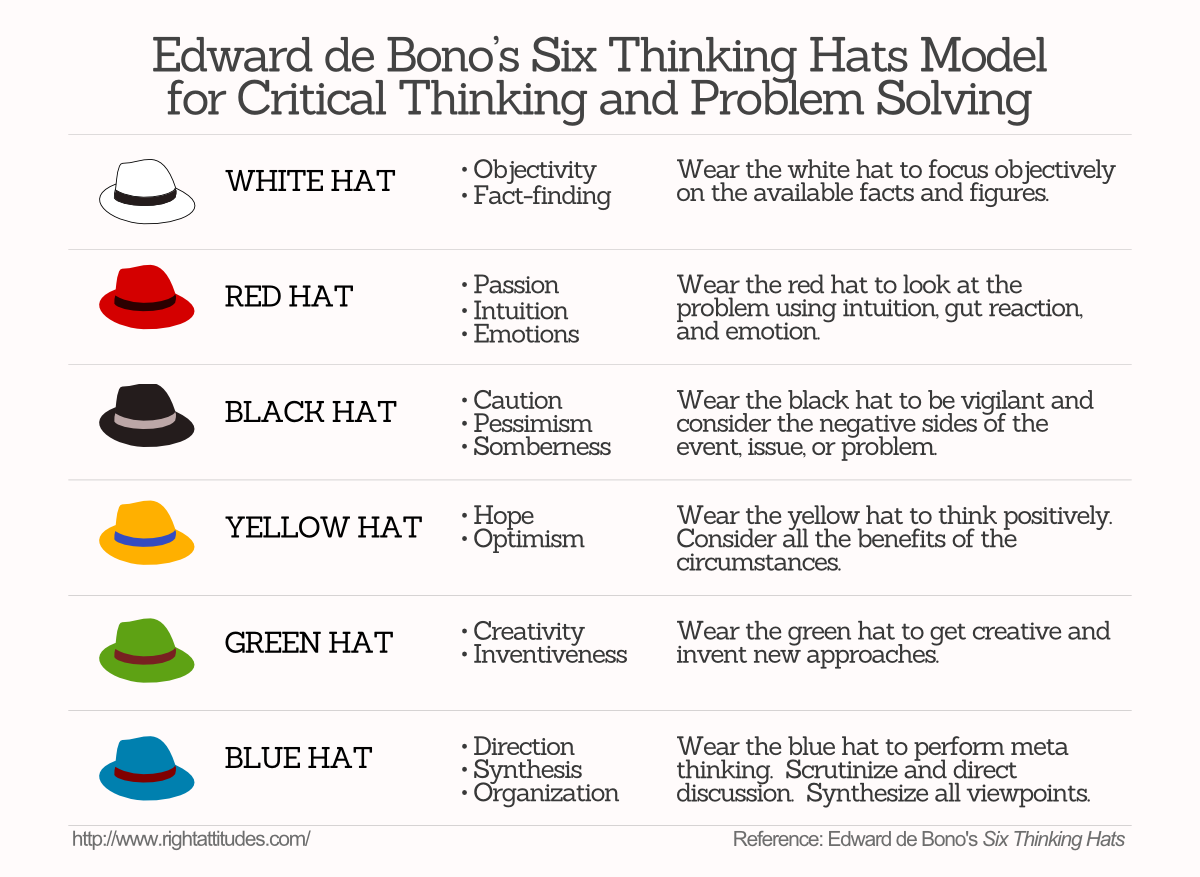How Amazon’s Jeff Bezos Propels Innovation
Amazon’s founder and CEO Jeff Bezos once remarked that it takes five to seven years before the innovation seeds that Amazon plants flourish enough to have a significant impact on the economics of the business.
Since its founding in 1994, Amazon has made endless investments in expanding its business models. It has successfully used its money-making ventures to bankroll explorations into peripheral lines of business. Many of its capital allocation decisions haven’t yielded strong profits; yet, Amazon has flourished beyond everyone’s expectations and its growth potential is undeniable.
Central to this innovation strategy has been Bezos and his leadership team’s foresight, early commitment, and stubborn confidence in the prospect of R&D. Under Bezos’s direction and long-term focus, Amazon still operates as a founder-driven start-up in several major areas.
Bezos has a compelling cultural influence and has institutionalized his distinctive entrepreneurial mindset across the company. His core values are codified as Amazon’s 14 Leadership Principles, one of which is “Have Backbone; Disagree and Commit”:
Leaders are obligated to respectfully challenge decisions when they disagree, even when doing so is uncomfortable or exhausting. Leaders have conviction and are tenacious. They do not compromise for the sake of social cohesion. Once a decision is determined, they commit wholly.
“Disagree and Commit”
Jeff Bezos’s latest short-but-compelling annual letter to his shareholders contains pearls of wisdom on leadership, management, and teamwork. Read the letter; it won’t take long.
Speaking about high-velocity decision making in an ingenious culture, Bezos says he encourages Amazon’s leaders and employees to use the phrase “disagree and commit” to disagree respectfully and experiment with ideas:
Use the phrase “disagree and commit.” This phrase will save a lot of time. If you have conviction on a particular direction even though there’s no consensus, it’s helpful to say, “Look, I know we disagree on this but will you gamble with me on it? Disagree and commit?” By the time you’re at this point, no one can know the answer for sure, and you’ll probably get a quick yes.
This isn’t one way. If you’re the boss, you should do this too. I disagree and commit all the time. We recently greenlit a particular Amazon Studios original. I told the team my view: debatable whether it would be interesting enough, complicated to produce, the business terms aren’t that good, and we have lots of other opportunities. They had a completely different opinion and wanted to go ahead. I wrote back right away with “I disagree and commit and hope it becomes the most watched thing we’ve ever made.” Consider how much slower this decision cycle would have been if the team had actually had to convince me rather than simply get my commitment.
Note what this example is not: it’s not me thinking to myself “well, these guys are wrong and missing the point, but this isn’t worth me chasing.” It’s a genuine disagreement of opinion, a candid expression of my view, a chance for the team to weigh my view, and a quick, sincere commitment to go their way. And given that this team has already brought home 11 Emmys, 6 Golden Globes, and 3 Oscars, I’m just glad they let me in the room at all!
Bezos’s “fail-and-learn” refrain echoes what he wrote on risk-taking in Amazon’s first annual shareholder letter in 1997: “Given a 10 percent chance of a 100-times payout, you should take that bet every time … Failure and invention are inseparable twins. To invent you have to experiment, and if you know in advance that it’s going to work, it’s not an experiment.” That letter has become Amazon’s manifesto on the benefits and methods to long-term thinking and Bezos quotes that letter in every year’s annual letter.
To “disagree and commit” compels people to step out of their comfort zones and to sincerely commit to a project’s success. There is no room for sabotage and disruption—neither can people wait in the wings to exclaim “I told you so.” To “disagree and commit” is to be willing to take prudent risks by acknowledging that others may have diverse beliefs, approaches, ideas, and styles.
Idea for Impact: Embrace Failure because it Leads to Innovation
Many people want to be curious, creative, and experimental—they like to take initiative and investigate new products and solutions. But, when facing difficult choices, they’re naturally afraid of what they don’t know. Self-doubt sets in. They resort to safe and predictable processes. This mindset stifles the very inventive approach they want to apply and foster.
Fear of failure and self-doubt are not usually rooted in facts. They’re emotional. Don’t let this emotion make you play it safe. Don’t overthink your way out of challenges. Understand the types and amounts of risks that are acceptable to you. When facing the prospect of failure, you’re more likely to get unstuck by trying low-risk actions. Experiment. Fail. Learn. Innovate.
Success may instill confidence, but failure imparts wisdom.
.jpg)
.jpg)
.jpg)

.jpg)

.jpg)